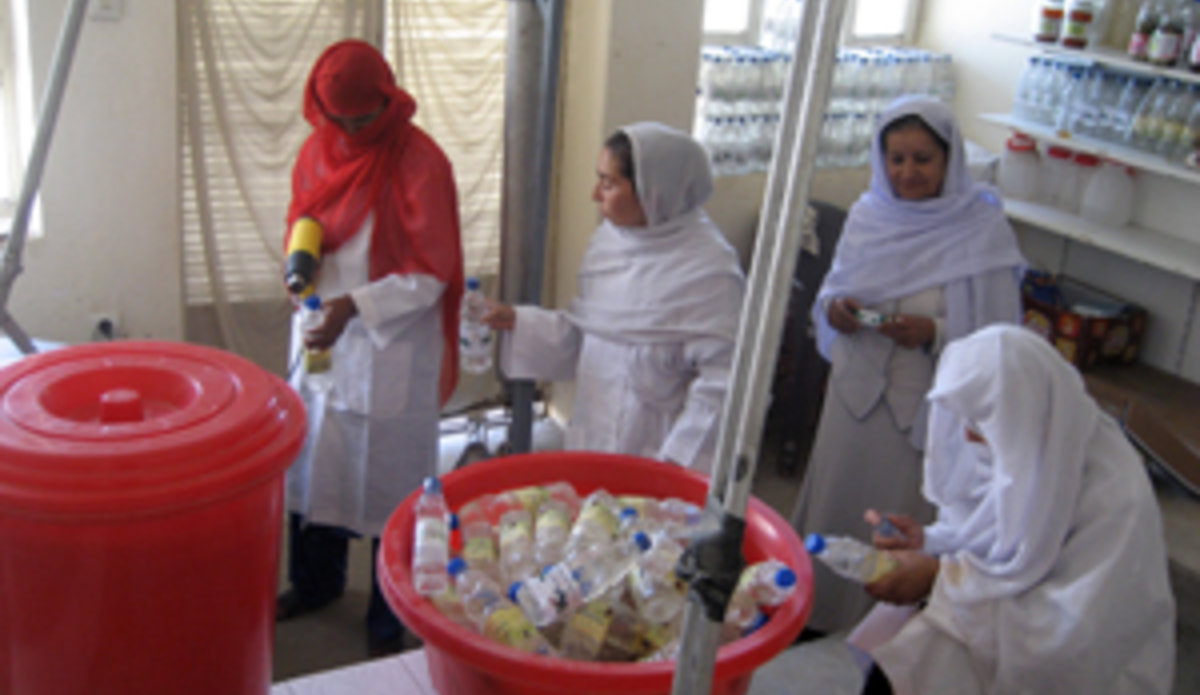Mint project, boost for Afghanistan’s women
KABUL - Until two years ago, Lona, a widow and mother of two, had no job, couldn’t send her daughter to school and had difficulties to make her ends meet.
To add insult to injury, following her husband’s death, her in-laws kicked her out of home together with her small daughter.
Fast forward to today: her daughter goes to school and she takes home at least 3,000 Afs (US$ 60) a month.
Life has been much easier, thanks to a mint production project for women run by a local NGO called the Concord of Women of Kunduz (CWK) in the north-eastern town of Kunduz.
The project employs women, most of them widows, in producing mint oil, mint tea and mint water, among others, which are good for people with indigestion, low appetite or joint pain.
Dried mint or mint tea can be used in salad, yogurt, vegetables, kebab and tea.
Like Lona, there are about 100 otherwise disadvantaged women who have finally found their feet with CWK’s mint project, supported by the Afghanistan’ Agriculture Ministry and the International Centre for Agricultural Research in the Dry Areas (ICARDA).
Lona is living with her parents now: “I am happy about being able to help the family.”
“It is good for all the women working here,” adds another woman, Saberah, working in the same project. “We help our family, feed my children and my family encourages me to work here.”
CWK says about 350 women are directly involved in its income-generating schemes like tailoring, a women’s business school and nursery, besides the mint project.
The mint project has been a major source of income for hundreds of women in Kabul, Nangarhar and Helmand, besides Kunduz.
Though CWK received support from ICARDA in setting up machines and equipment for mint production in the beginning, it no longer depends on outside funds.
“We are self-reliant through the sale of our products to the neighbouring countries like Tajikistan,” said Ms Mahbubah Haider, the head of the mint project.
“Our product is 100 per cent pure and natural. It has right effect and has no side effect and is easily available,” said Ms Haider.
Official figures say the contribution of the agriculture sector to Afghanistan’s GDP rose from US$ 2.7 billion in 2006 to US$ 3.4 billion in 2007, representing 53 per cent of total GDP.
The UN’s Food and Agriculture Organization has said Afghanistan will see its best wheat harvest in 32 years this year.
By Shamsuddin Hamedi, UNAMA
 UN
UN







